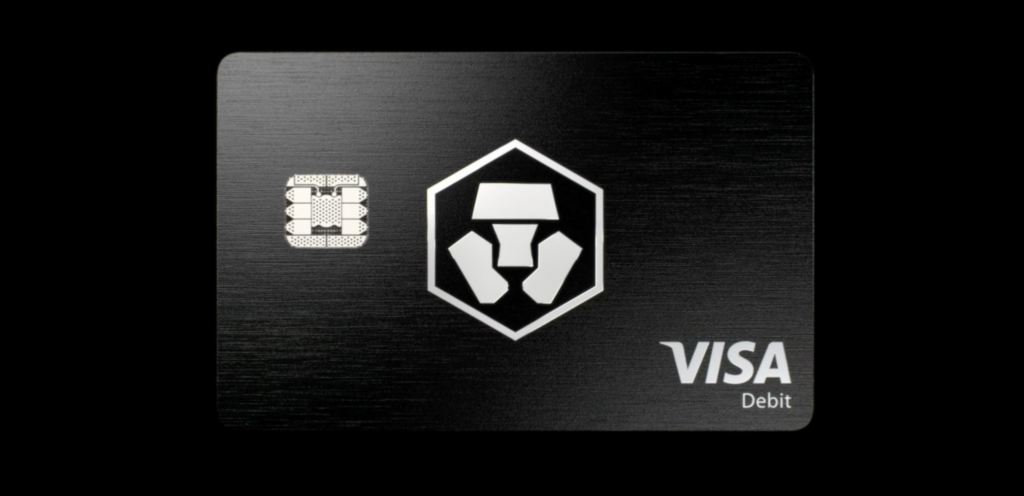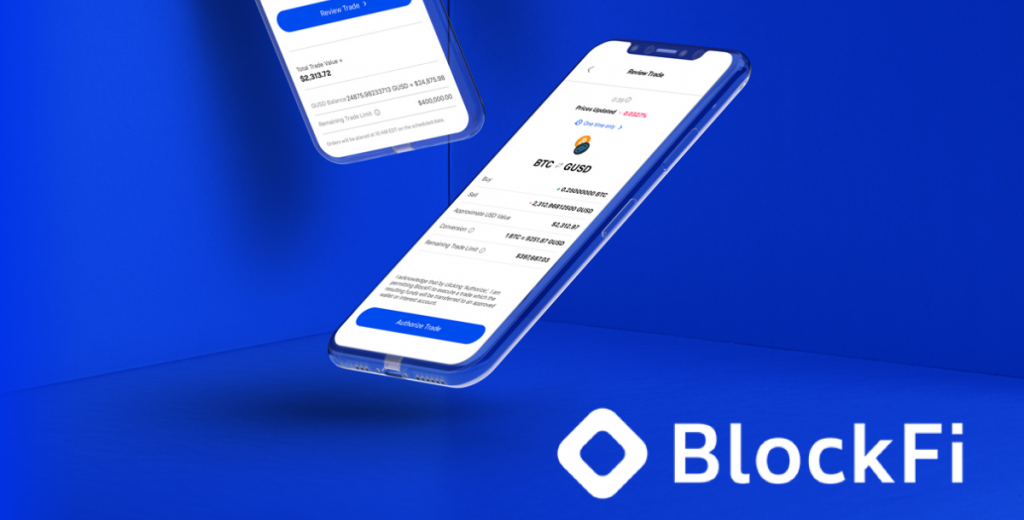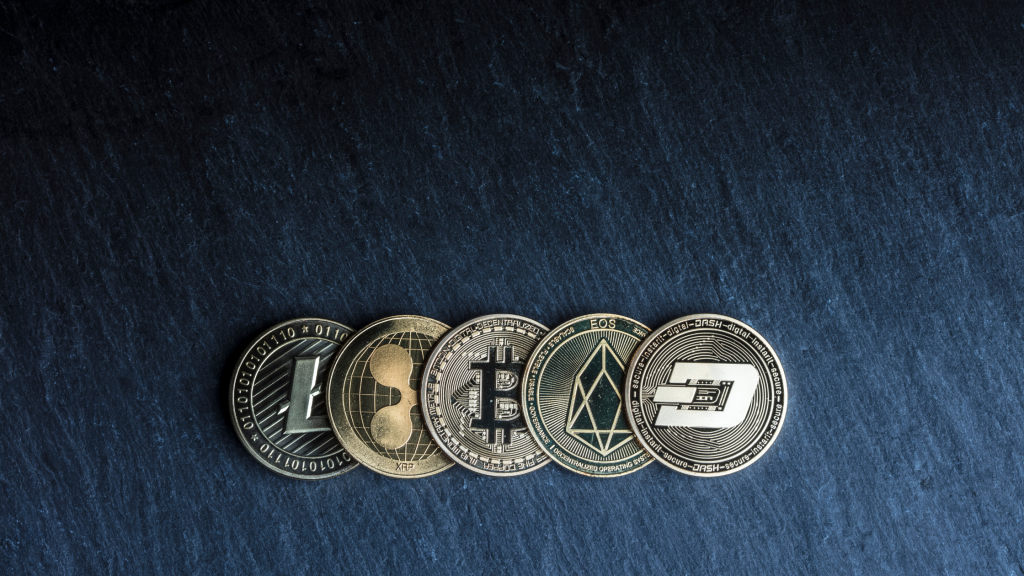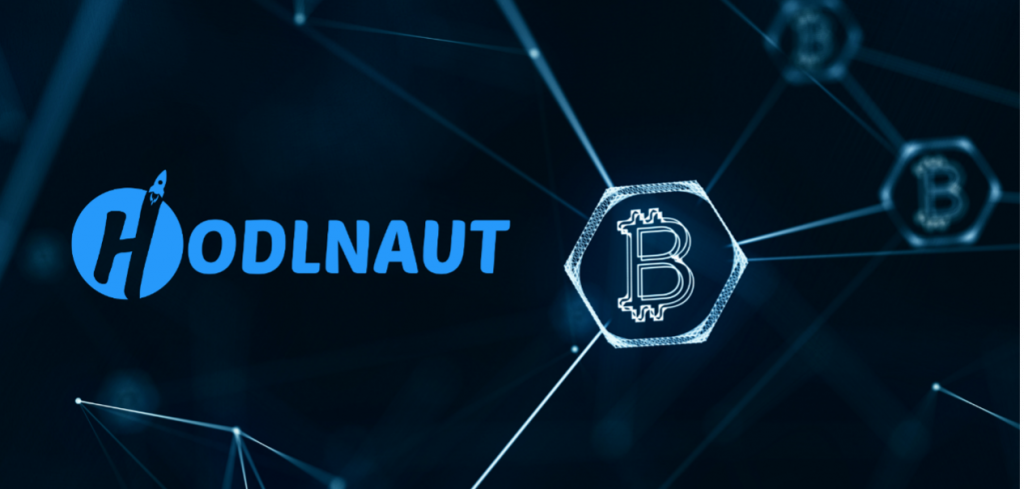Non-fungible tokens (NFTs) were one of the most significant cultural developments of 2021. NFTs, first popularized by artists such as Beeple, who kicked off the NFT mania, are now an upbeat $40 billion market.
The ongoing NFT craze has attracted the attention of huge financial institutions such as Visa, Tik Tok, Sotheby’s, and Christie’s. As an illustration, Visa just recently spent $150,000 on a Cryptopunk.
Individual NFT collectors also spend incredibly large amounts of money on their NFT collections. For example, an investor spent $69.3 million on Beeple’s Everydays: the First 5000 Days. Then in December 2021, 30,000 NFT collectors made a $91.8 million winning bid for ‘The Merge’ by digital artist Pak.
However, the growing NFT gold rush is bringing to light a fragility to these assets that could alter their appeal on the mass market. The NFT market can be as illiquid as the traditional art market.
To this end, an NFT owner may never make a return on investment till they come across a willing buyer. Consequently, the regular NFT collector faces risks such as the inability to sell their collections higher than the last floor price.
Some NFTs may have a higher level of liquidity, but most newly minted assets have disproportionate demand-supply metrics. Consequently, buyers that diversify their portfolios with NFTs tend to have low liquidity portfolios.
The only income generation option that an NFT buyer had was sales in the past. Fortunately, platforms like NFTfi and Arcade have risen to solve NFT’s illiquidity challenge. These platforms have brought decentralized finance (DeFi) to NFT via NFT lending.
What is NFT Lending?
NFT lending is very similar to the cryptocurrency industry’s P2P loans. However, unlike P2P lending, where individuals lend each other credit in a decentralized setup, NFT lending often functions via a middle man, the NFT lending platform.
NFT lending is, therefore, the opportunity to access loans with NFT’s as collateral. In other words, it is the practice of putting your NFT up as collateral for loans. NFT crypto lending, which is our main focus in this article, is accessing crypto loans against NFT collateral.
Through NFT loans, lenders can access passive income from loan interest payments. On the other hand, borrowers can enjoy more liquidity on their holdings until they are ready to sell their CryptoPunks or BAYCs.
How Does NFT Lending Work?
The NFT lending process involves three parties; the lender, the borrower, and the lending platform.
- The lender is the party that lends its crypto assets in exchange for interest.
- The borrower borrows a loan from a lender against an NFT.
- The lending platform is the middle man. The platform also holds NFT collateral until the loan is repaid in escrow.
The NFT Lending Process
The NFT lending process kicks off with a lender. The lender should have cryptocurrency assets in their wallet. Also, they should grant lending permissions to the platform allowing them to lend out their crypto assets. The NFT lending steps from the lenders’ perspective are as follows.
- The lender visits the platform to offer a crypto loan to an NFT holder. They can, for instance, fund the loan with ERC20 tokens, typically wETH or stablecoin like USDC.
- The lender then browses through NFTs displayed on the site. He will then choose the NFT he would prefer as collateral or one that suits his cryptocurrency lending strategy.
- Since NFTs have legendary volatility, lenders have the privilege of stipulating loan terms such as the amount they are willing to lend against the NFT collateral, the interest on the loan, and the repayment period.
- The lender then sends his loan offer and terms and waits for the borrower’s acceptance notification.
The NFT lending steps from the borrower’s perspective are as follows.
- The borrower, the NFT owner, visits a lending platform and makes a crypto loan request.
- He will list his NFTs as collateral.
- Some lending platforms may require details such as acceptance of NFT lending terms and loan request conditions.
- Afterward, the borrower’s NFT assets details will appear on the loan marketplace.
- The NFT holder will then wait for the lender’s loan offers. He is free to decline or accept lenders’ offers and choose the best loan terms.
Once the borrower accepts a certain lender’s offer, the NFT lending platform will lock in the borrower’s NFT since it is now loan collateral.
Borrowers will repay the loan from their wallets, allowing the platform to manage their crypto assets in their accounts. When borrowers pay the lender back their crypto loan with interest, they will get their NFTs back.
However, if the borrower fails to pay back the money owed by the allocated time, the lender has all the rights to the NFT. The NFT is, after all, collateral for the money borrowed.
So, what happens if the borrower defaults on the loan?
If the borrower fails to pay the borrowed crypto assets, then the lender keeps the NFT which in most cases costs more than the loan. NFT loans, like cryptocurrency loans, are hyper collateralized to mitigate risks such as volatility.
Consequently, the lender offers loan amounts that are much lower than the cost of NFT. Should a default occur, the lender may recover his investment.
To illustrate this point, lenders on the NFTfi platform can give loans that amount to 50% of an NFT’s value. In contrast, Nexo Finance gives NFT holders loans of up to 20% of their NFT value.
To this end, some lenders give NFT loans with high hopes that a borrower will default on payments. It is much easier to bag juicy NFTs using this method.
Case Studies of an NFT Lending Investment
Case study 1: The Arcade lending platform.
Here a borrower is free to set the NFT lending terms and conditions. The Arcade platform allows the borrower to stipulate his loan terms. The loan terms include the amount he would like to borrow, the currency loaned, and the amount he will repay. After creating the loan request, the borrower allows the lending platform to match his loan request to a willing lender.
In this case, the lender will have to navigate the loan requests and choose the loan request he is willing to fund.

Case study 2: NFTfi
Here, the lender sets the NFT lending terms and conditions. With NFTfi, borrowers can put up any NFT that they want to use as collateral. The platform will then display their NFTs to other users on the loan marketplace. The borrower will then receive offers and accept or decline requests as they deem fit.
On the other hand, lenders will browse all NFTs listed as collateral for loans. They will then choose one and make an offer by first setting their loan terms and conditions. The lending process will commence when the borrower accepts the offer. The largest NFT collateralized NFT loan so far is a $1.42M loan on Autoglyph #488, a Larva Labs creation. It was facilitated by NFTfi, on October 28, 2021.
Market Size, Growth, and Forecast
The current NFT market is dominated by two niches; art and gaming. As the market matures, there will be diversity in asset types. There is a huge influx of new projects, and more developers are launching and testing new concepts as a testament to this fact. Consequently, the need for NFT lending platforms will occur as a natural progression to the NFT market expansion.
The NFT Lending Rates
NFT loan terms are currently brief, going for a week, month, or three months tops. The loan’s annual percentage rate (APR) may be as high as 80% or as low as 10%. As an illustration, the Autoglyph #488 loan had a 9.69% APR. It was also a one-month NFT loan.
NFT lending rates vary with the platform. They also depend on the market condition and the NFT in question. For example, NFTfi doesn’t charge the borrower. However, the platform cuts 5% of the interest earned by the lender.
NFTfi reveals that it has facilitated over $12 million worth of NFT loans. Their average loan size is $26,000, and defaults rates are as low as 20%. While lenders stipulate the fair value of NFT collateral, popular NFTs such as CryptoPunks have an 18% APY, while BAYC may fetch an APY of 40% to 60%. There are NFT loans whose annualized interest rates may cross the 150% level.
How to Invest in NFT Lending
Choose an NFT lending platform that works best for you. In this case, a platform that allows you to dictate your loan’s terms and conditions is best.
A lender needs to determine his risk appetite before giving an NFT loan. For example, is he ready to lose his crypto assets should a borrower default?
Additionally, before lending or borrowing, seek out NFT lending details such as:
- NFT Lending platforms terms and conditions
- NFT Lending platform legitimacy and safety
- Compare interest rates with other platforms.
The Best NFT Lending Platforms
The Arcade lending platform recently closed a $15 million Series A funding round. It supports Ethereum-based NFTs. The capital will support Arcade’s public launch as it transitions from its current private beta form. The cash injection will also expand the availability of its services to more users and transform its legal, product, business development, marketing, and engineering functions.
Arcade launched in 2020 as an NFT lending marketplace. It curates, validates, and appraises NFT collections. Through Arcade, NFTs investors that own high-value NFTs can leverage them as collateral for loans.
Currently, Arcade supports close to 50 NFT collections. Moreso, those willing to lend capital to NFT holders can leverage the Arcade platform’s smart contract protocols. However, Arcade’s most unique feature is its Wrapped NFT technology. This technology bundles multiple NFT assets into a single loan collateral asset to enhance NFT liquidity.
NFTfi, on the other hand, is a South African NFT financialization platform. It is a peer-to-peer decentralized NFT lending marketplace where lenders offer crypto loans to NFT holders via NFTfi’s smart contracts.
Other platforms that support NFT lending include the decentralized financial ecosystem, Nord Finance, via the Nord NFT Loans feature. Nexo finance, a popular crypto credit lines platform, has also released its Nexo NFT lending desk. Stater’s loan terms include an, LTV ratio up to 50%, and an interest rate starting from 7.9 APR. Visit these platforms and access NFT loans on your CryptoPunks or Bored Ape Yacht Club (BAYC) NFTs.
Conclusion
Mainstream audiences are buying up NFTs to meet their art obsession and speculation needs. It follows then that NFTs have become the newest crypto and blockchain technology on-ramps, enhancing the mass adoption reality.
The NFT collateralized loans market will continue to flourish, and lenders can expect advanced tools that evaluate NFT values. Borrowers should also expect better LTV ratios and interest rates as the NFT loans sector matures.









